Preparing for the Next Step in Manned Spaceflight
NASA prepares to send humans into deep space
Human beings haven’t traveled more than 380 miles above the Earth’s surface since Apollo 17, the last lunar landing, in 1972. But later this year, NASA will send a capsule designed for people more than 3,600 miles into deep space.
That capsule, the Orion Multi-Purpose Crew Vehicle, is rapidly coming together at the Kennedy Space Center in Cape Canaveral, Florida. Its three sections include a 16.5-foot-wide conical crew module that can sustain four astronauts for more than three weeks, an emergency launch-abort system and a module for propulsion, power and life-support systems. “On any given day, there are more and more pieces on it,” says John McCullough, the engineer who leads Orion’s 120-person assembly team. “It looks like a spacecraft now.” (Above: a prototype used for recovery practice.)
In December, NASA will send the 25-ton vehicle on its maiden voyage—an unmanned, four-hour flight twice around the Earth, with an apogee of 3,671 miles, that will test the crew module’s re-entry system, which involves parachutes collectively as big as a football field and the largest heat shield ever built. A second unmanned mission, around the Moon, is scheduled for 2017. The hope is that long-distance manned flights can begin in 2021, and that eventual missions will take astronauts to asteroids, or even to Mars. “We’re here to push the frontiers,” McCullough says.
/https://tf-cmsv2-smithsonianmag-media.s3.amazonaws.com/accounts/headshot/amy.png)

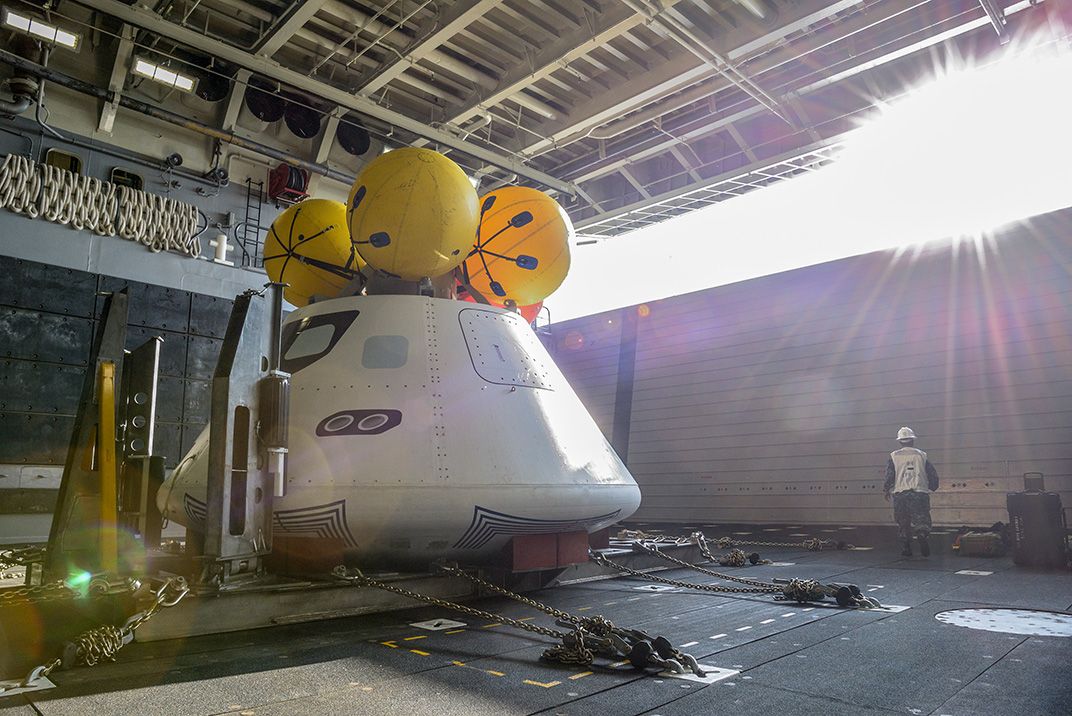
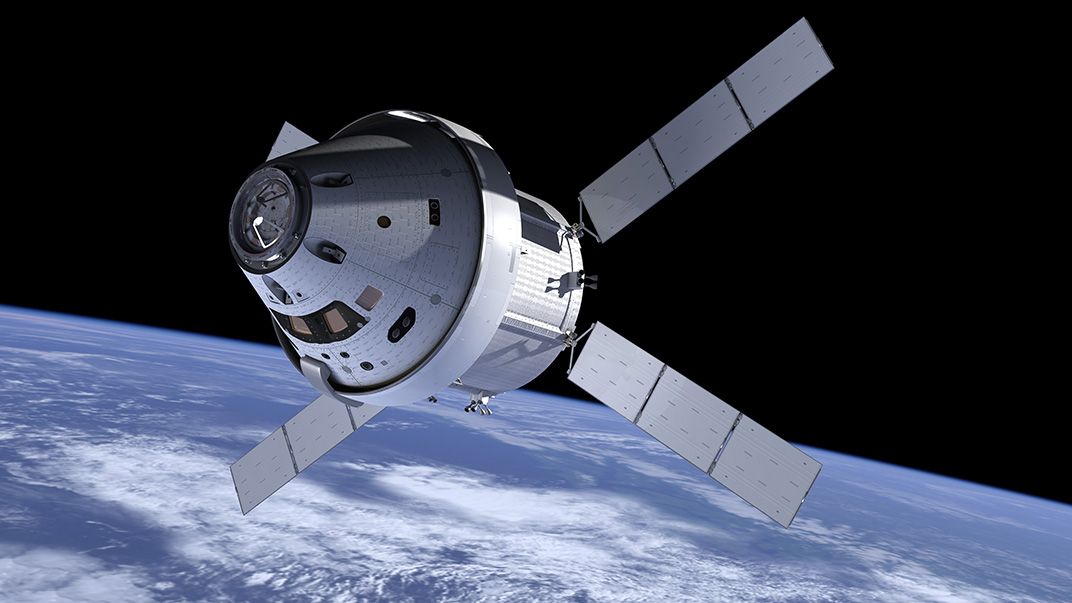
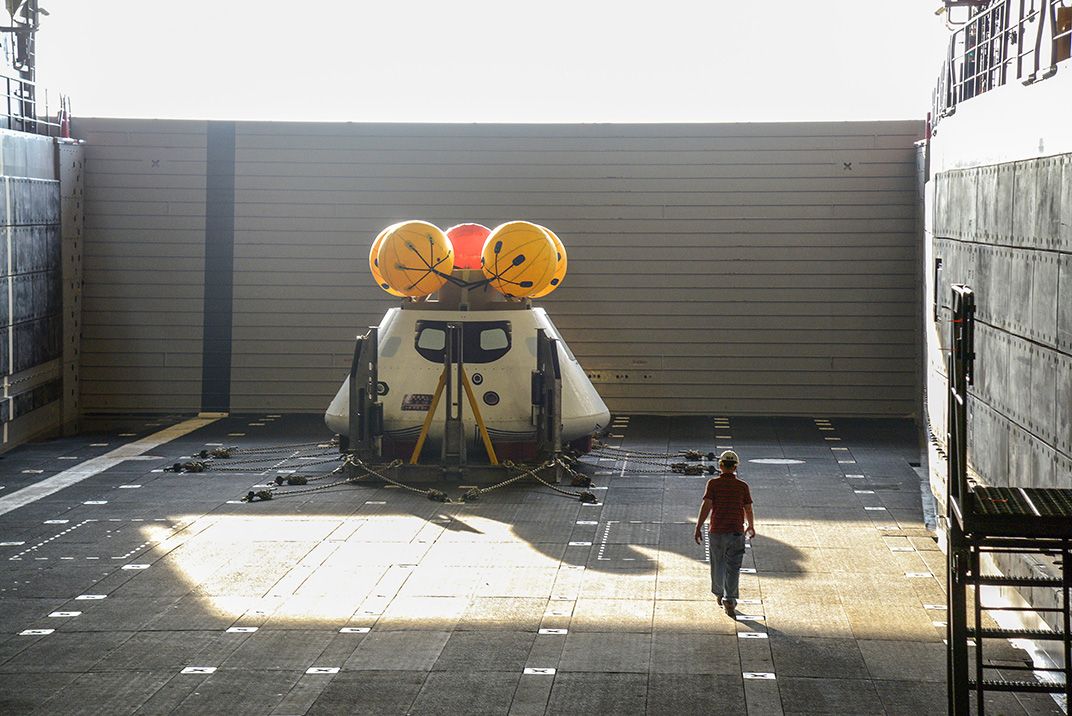
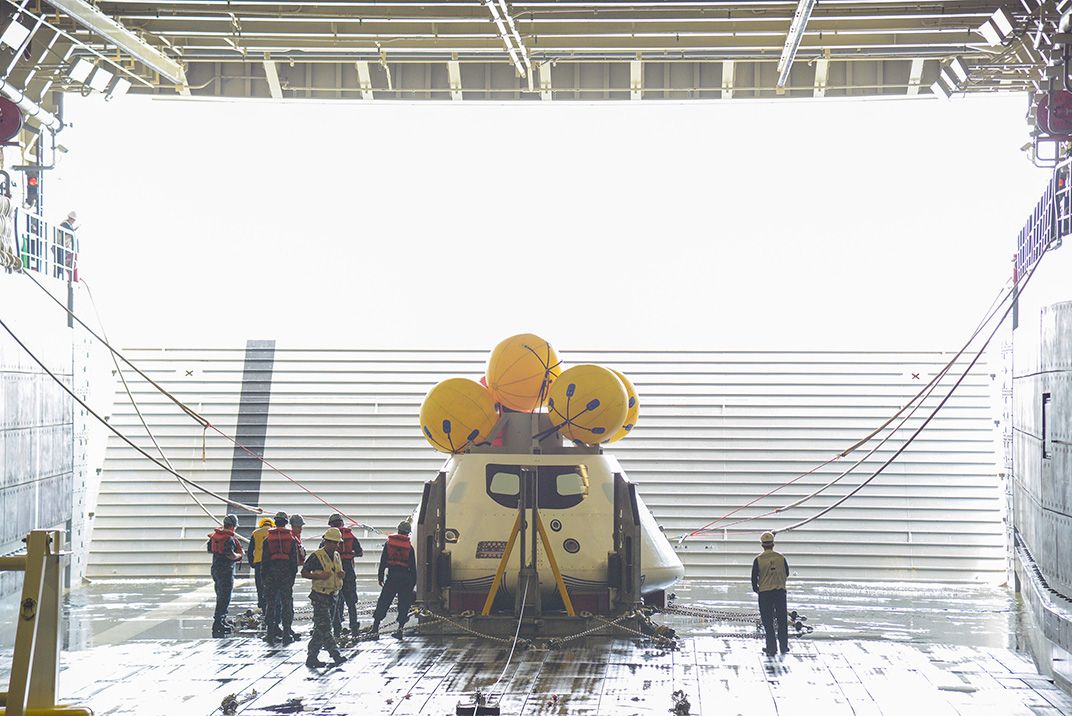
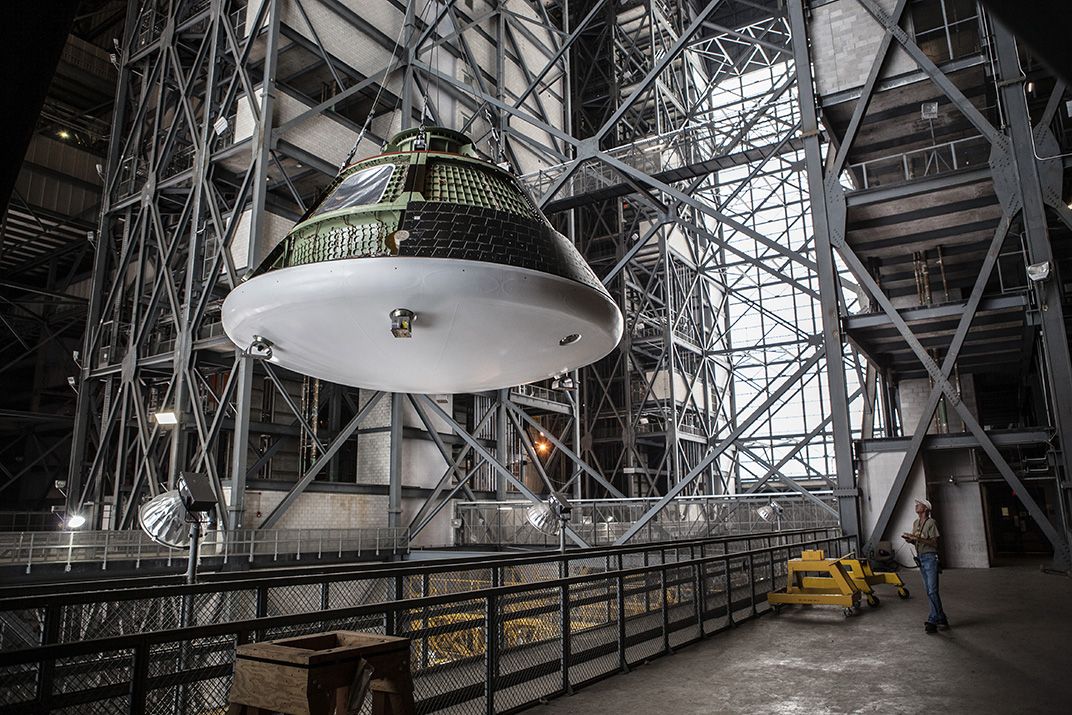
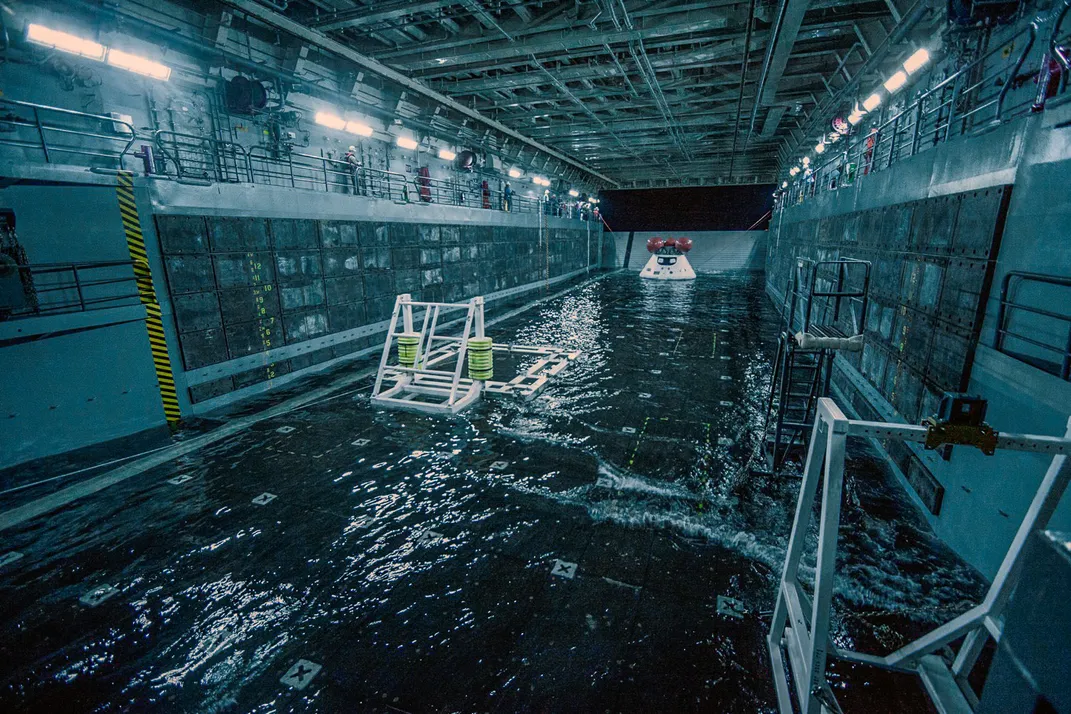
/https://tf-cmsv2-smithsonianmag-media.s3.amazonaws.com/accounts/headshot/amy.png)